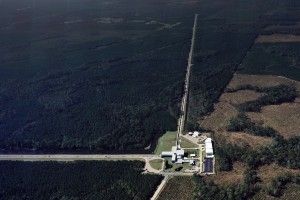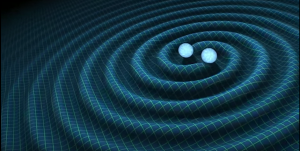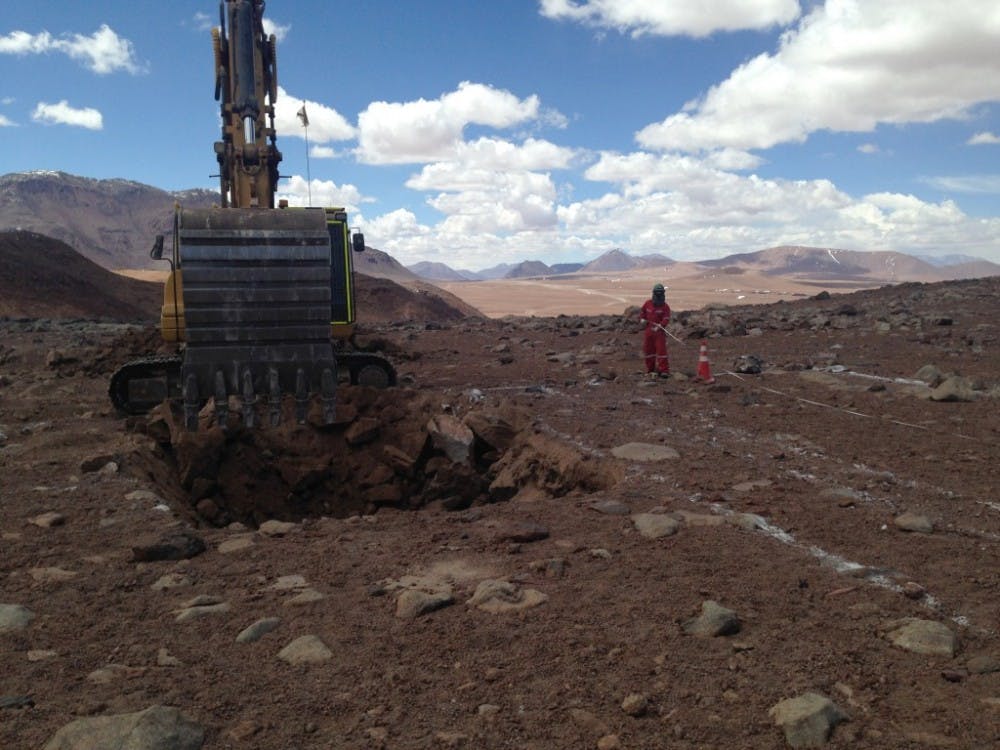CLASS, a new Hopkins-based telescope, will use gravitational waves to study the early universe. The telescope will operate from the Atacama Desert in Chile, and team is getting ready to start collecting data this summer.
Cosmologists announced on Feb. 11 that they have detected ripples in space-time called gravitational waves. This confirms predictions made a century ago by Albert Einstein and provides an entirely new way to observe the universe.
“It’s kind of trite to say that it opens a new window on the universe,” Charles Bennett, a professor in the Department of Physics and Astronomy, said, “but this actually is going to do that.”
In September, LIGO, the Laser Interferometric Gravitational-Wave Observatory run by CalTech and MIT, detected gravitational waves produced from two black holes that had collided and merged a billion light-years away from Earth.
Gravitational waves, a prediction of Einstein’s theory of general relativity, are created by an accelerating mass — anything speeding up, rotating or orbiting. As the waves move through the universe at the speed of light, they stretch and compress the fabric of space itself.
The waves created by our everyday movement or even by the motion of planets and galaxies are way too small to ever be detected, though. Scientists searching for gravitational waves need to focus on the fastest, most massive objects that exist: supernovae collapsing, neutron stars orbiting around each other or black holes colliding.

LIGO works by shooting a laser beam through two four-kilometer-long vacuum tubes arranged in an L-shape and then reflecting the beams back to a detector. If a gravitational wave is passing through, the length of one tube will be shortened while the other is extended, and the laser beams won’t match up anymore when they reach the detector.
The gravitational waves produced by the massive black hole collision were so faint by the time they reached Earth that LIGO had to detect a change in length that was 10,000 times smaller than the size of a proton.
Two different observatories in Washington state and Louisiana measured the signal simultaneously, confirming that it wasn’t produced by background effects.
“It was a nice, singular event with a very high signal-to-noise [ratio] and very convincing: exactly what the theory predicts,” Tobias Marriage, an assistant professor of physics and astronomy at Hopkins, said. “You couldn’t really ask for a better first detection.”
Now that researchers know it is possible to produce equipment sensitive enough to detect gravitational waves, the discovery opens up a new field of cosmological research. Nearly everything we know about the universe comes from electromagnetic radiation like visible light, radio waves, microwaves or sparse sound waves. Gravitational waves can be used to directly study events that either don’t give off any light, like black hole collisions or things that happened too long ago for the light to ever reach us like the beginning of the universe.
“This is actually the beginning of a new era... We can probe things we were never able to probe before.” — Charles Bennett
“We don’t really know what’s out there,” Bennett said. “We think there are neutron stars, and we think there are black holes, but we really don’t know how many or what mass they are... This is actually the beginning of a new era of gravitational wave astronomy where we’ll certainly be able to learn those things with gravitational waves and so we can probe things we were never able to probe before.”
At Hopkins, Bennett and Marriage will be a part of the nascent field of gravitational wave astronomy. They will attempt to observe gravitational waves not just for the sake of the discovery but also to elucidate the first moments of the universe’s existence — a time called inflation.
According to the theory of inflation, the universe expanded in size by 10^50 times in just a fraction of a second after the Big Bang, allowing things like atoms and simple chemical elements — and eventually planets and stars — to form.
Inflation hasn’t been proven yet because it’s impossible to observe any light from that time, but the enormous exponential expansion is exactly the kind of event that would be predicted to produce gravitational waves.
While we can’t see the light from the time of inflation, the oldest light we can observe is from about 380,000 years after the Big Bang. The telescope built by the team led by Bennett and Marriage is called the Cosmology Large Angular Scale Surveyor (CLASS). Over the course of five years, CLASS will scan the sky and measure this light, which falls in the microwave range of the electromagnetic spectrum.
“Our experiment is designed to not measure the gravitational radiation itself like they did in [LIGO], but to measure the effect of this gravitational radiation on electromagnetic radiation,” Bennett said.

If gravitational waves were produced during inflation they would leave an imprint on the polarization pattern of the incoming microwave light. CLASS will search for that imprint from its perch on a 17,000-foot plateau in Chile’s Atacama Desert, one of the driest places on Earth.
CLASS was built with the expectation that if it looked in the right place, the gravitational waves would be there. LIGO’s detection was not unexpected, Bennett said, but it was an extra reassurance.
“I’m all smiles about that detection,” he said. “We’ve been assuming all along that the gravitational waves exist, and this experiment shows that they do exist, which is wonderful — not a surprise, but wonderful.”
Marriage felt the same way about the gravitational wave detection by LIGO as an affirmation of what theories have suggested.
“It would be incredibly surprising if we never found any gravity waves — if we were wrong about general relativity and really didn’t understand something about the universe astrophysically,” Marriage said.
Construction at the CLASS site in Chile was finished last year when the first of four telescopes was shipped from Baltimore. At a given time, anywhere from two to eight postdoctoral or graduate students are down at the site assembling the instruments and setting it up. By this summer the team expects the first telescope to be pointed at the sky, collecting data.
“It’s a very exciting time,” Bennett said. “It’s time-consuming getting it all ready, but we’re months — not years — away.”
Students have been playing an active role on CLASS since the start. Marriage provides the intellectual muscle, Bennett said, but with so many different components to the project, he enjoys being able to give students a chance to work the problems out for themselves. Three telescopes are still being built in the Bloomberg Center, with undergraduate students building instruments, testing equipment and modeling the data they expect to receive.
“They really are doing all the work,” Bennett said. “It’s really a great research opportunity and growth opportunity for them. It’s just a lot of fun to watch them succeed and figure things out.”
Senior Manwei Chan currently works on the cryostats, which will keep sensitive instruments cool.
“It’s exciting that we get the chance to actually collect data soon,” Chan, who has been in the lab since his freshman year, said. “Everyone is excited to go down and help set up all of this stuff.”
The LIGO discovery has heightened the importance of their work.
“This detection, more than anything, has added impetus to what we’re doing in this new age of gravitational wave astronomy,” Bennett said. “My gut feeling is that this discovery was a big deal — it's almost a sure thing those guys will get a Nobel Prize for it.”





